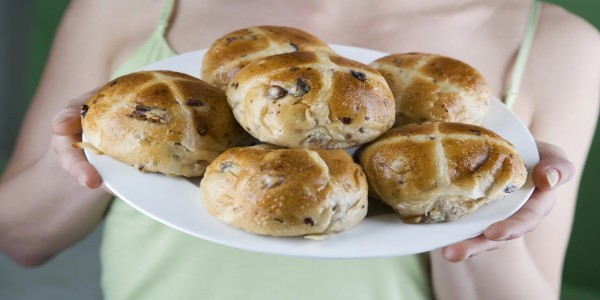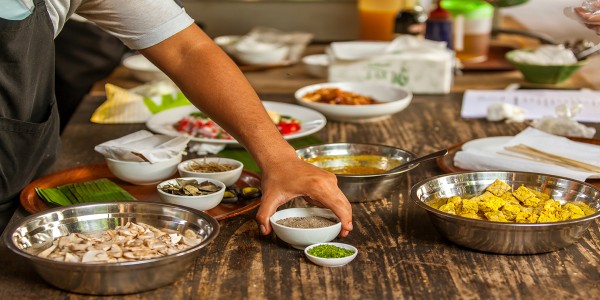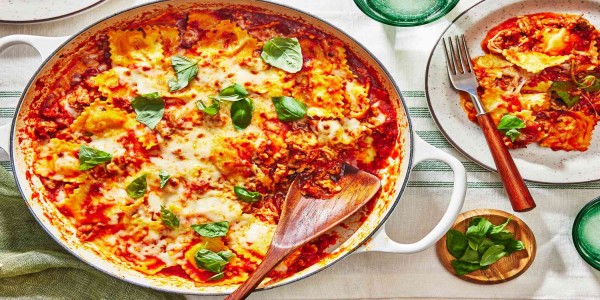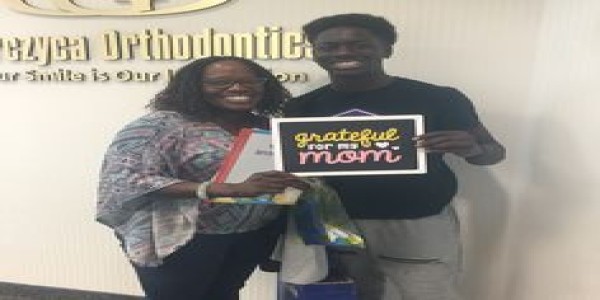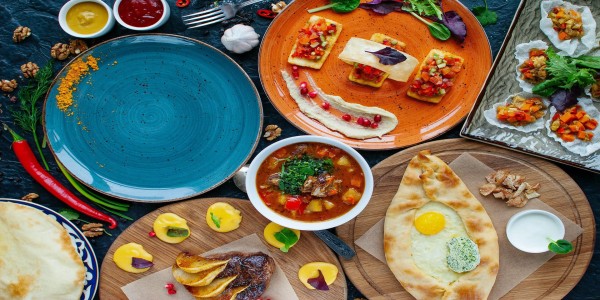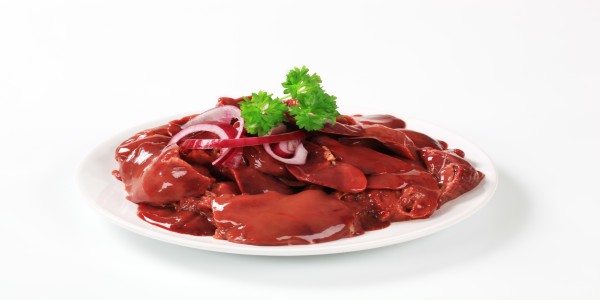Paths to Exploration: A Chef's Initial Experience with the Culinary Arts
Curly parsley requires a purpose; it should not merely be thrown on a plate. It adds crunch and elegance when fried crisp, especially when served with fine fish and a delicate white sauce. My early days as a chef were influenced by details like this, when I was still gulping down beliefs like "a sear locks in the juices." It doesn't. Meat that has been properly rested does. Observing flavor seep into cutting boards taught me that lesson the hard way.
The first day of catering college was September 7, 1997.
Eleven of us got going. Some of them persisted. A few died. The opportunity to learn the fundamentals—stocks, sauces, fish, and pastry—and to work in the training restaurant, complete with bow ties, was what united us. It was customary. Dated. However, it instilled a sense of deference.
Choux pastry turned into my worst enemy.
I failed time and again. I eventually realized it years later. Crisp, dry, and light. A lot of practice, a little science.
Someone thought of La Taverna, a temporary training restaurant in porta-cabins, when our department was going through a transition. It was brilliant, tenacious, and unforgettable. We lived it, not just learned it. We bonded, laughed, cooked, and served. It was authentic. It was authentic.
We stayed in catering, some of us.
Others went on. But the echoes of those three years remain. Good things just shift course; they do not have to stop. A little perseverance, curiosity, and boundless energy can turn any kitchen into a training kitchen. Another step ahead every day.


